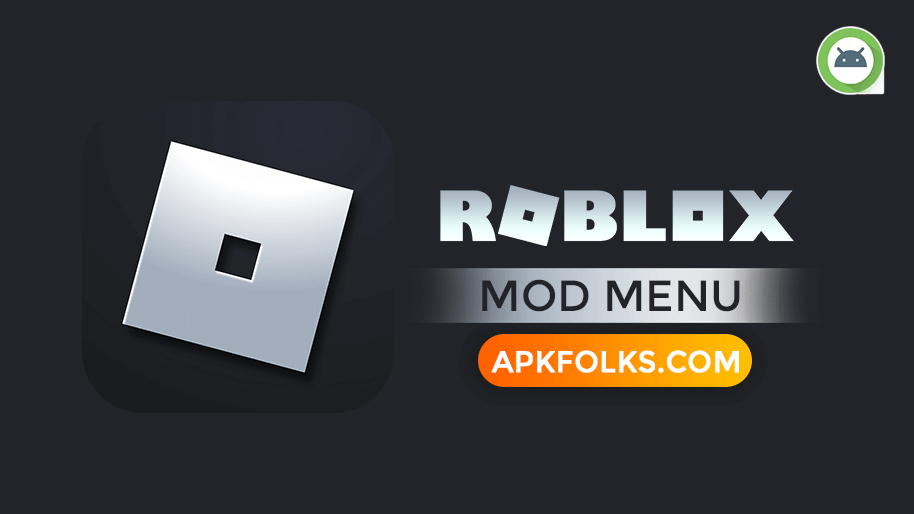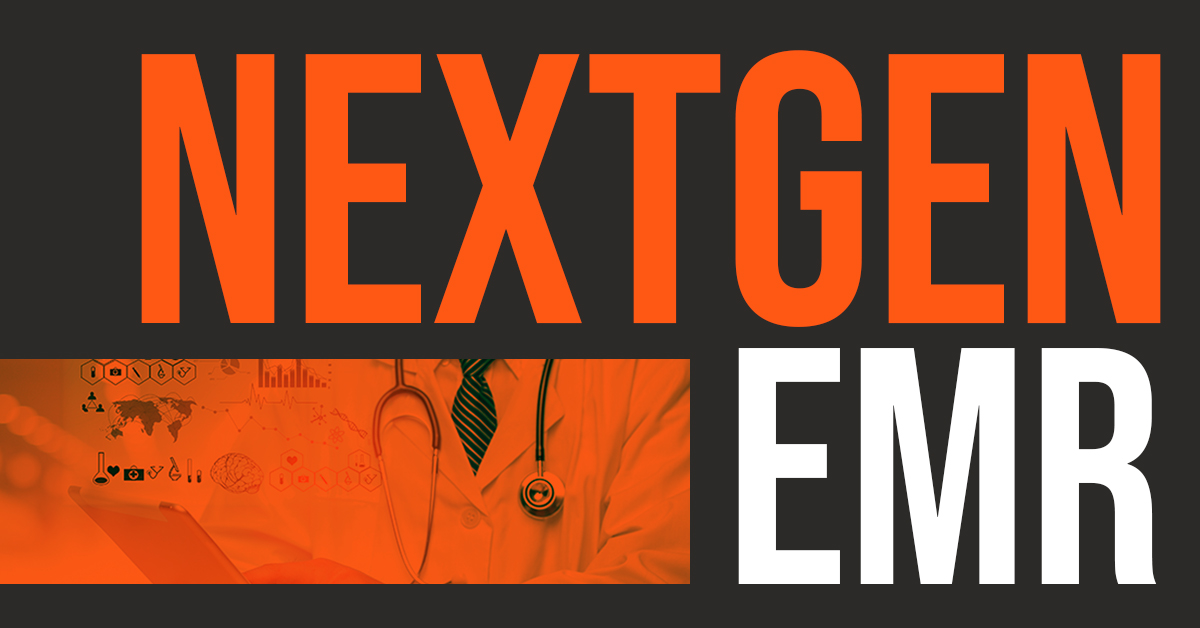Web application development services include the complete lifecycle of a web application. These services include gathering project requirements, documenting specifications, UI/UX design, development, testing, and release. The business analysis process helps determine a project’s scope and requirements. After this phase, development takes place, encompassing both server-side and user-side development.
SPAs
SPAs are web applications that use a framework to deliver dynamic content. These apps send requests for data and markup to a server, which then sends the raw materials back to the browser to render an updated UI. They are particularly useful for websites with highly-visited pages and templates, as they use less resources than traditional web applications.
Single page applications (SPAs) are popular amongst tech giants because of their simplicity and speed. They also use a streamlined development process, requiring less server resources. Moreover, they are great for creating SaaS applications and mobile apps. However, they are not suitable for all types of websites.
Another disadvantage of SPAs is that they have no back button or browsing history, which limits SEO efforts. While Google has changed its indexing routines to accommodate SPAs, developers can still face problems achieving higher SERP rankings. Fortunately, there are strategies that can mitigate these shortcomings.
MPAs
MPAs (Multi-Page Applications) are more flexible than SPAs, which can only handle a certain amount of information on a single page. They can have multiple pages, and each page can be dedicated to a different feature. One of the biggest advantages of MPAs is that they can scale indefinitely. The downside to these types of applications is that they require more resources and effort to maintain than SPAs.
Single-page applications also help prevent Cross-Site Scripting (XSS) attacks. This is because the server-side rendering process is able to break down downloaded JS into smaller pieces, meaning that an attacker cannot access all the code at once. However, single-page applications are slightly slower to launch than traditional applications, because the browser must load bulky JS frameworks in order to render the page. However, the speed increases over time once the first render is complete. In addition, developers can minimize the number of pages in their MPAs to increase loading time.
The biggest advantage of using an SPA is that the backend code is reusable. This means that the same code can be used to create mobile apps and web apps. As a result, SPAs are also great for SEO. With SPAs, you can add individual pages to the site and have them appear in search results. This boosts organic traffic to your site.
SPA-like applications
A SPA-like application is a hybrid of a website and a mobile application. It uses JavaScript to perform operations, and instead of loading new pages, it sends requests to the server for markup and data. The browser then renders the updated UI. The benefits of SPAs include increased engagement and a better user experience. Unlike a traditional website, SPAs do not require additional design or development resources.
Another benefit of SPAs is their speed. Unlike other forms of Web application development, SPAs transfer the page rendering work from the server to the client, thus making them faster to update. The advantages of SPAs include improved performance and consistency, and reduced development and infrastructure costs.
SPA-like applications are fast, flexible, and offer a high-quality user experience. They are ideal for dynamic platforms with small amounts of data. They also fit perfectly with future mobile application development. Moreover, single-page applications are cross-platform compatible and require minimal server resources. Many tech giants, including Google, have leveraged SPAs for their websites.






